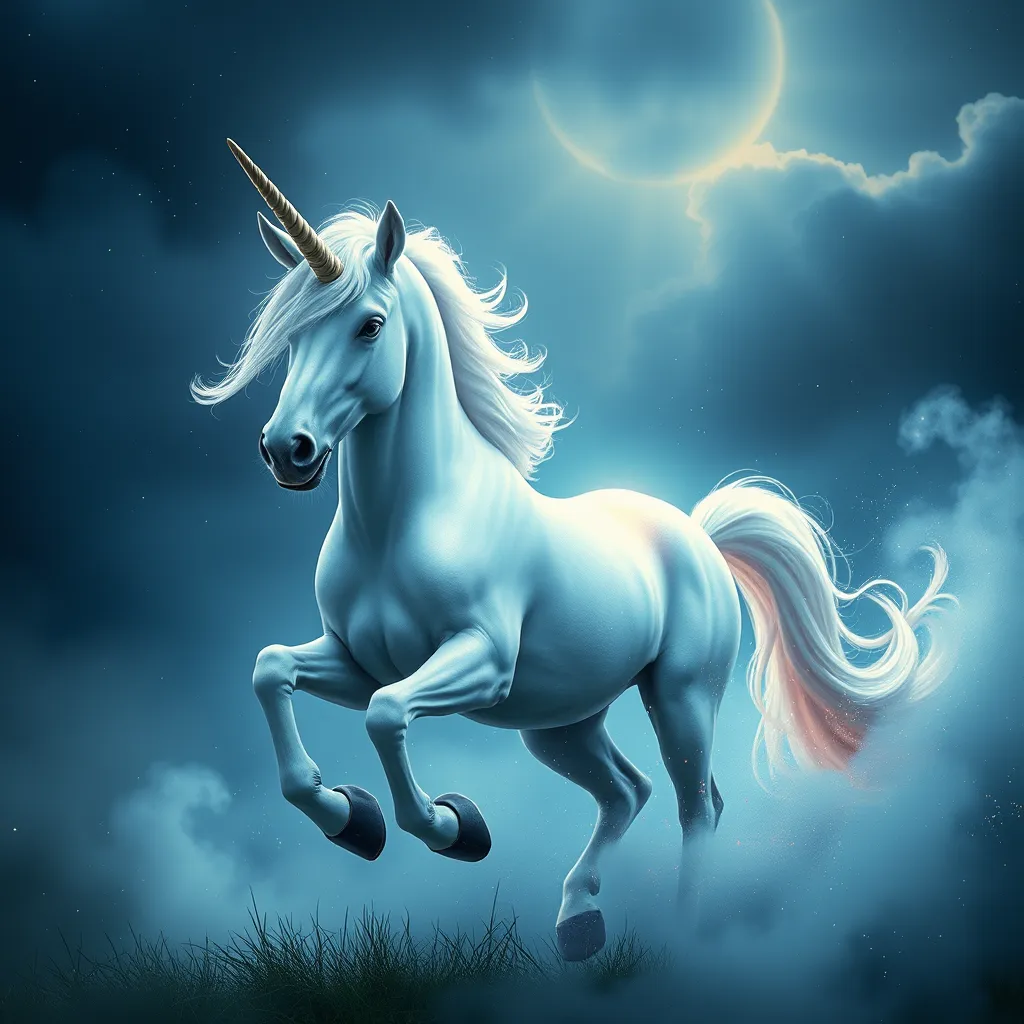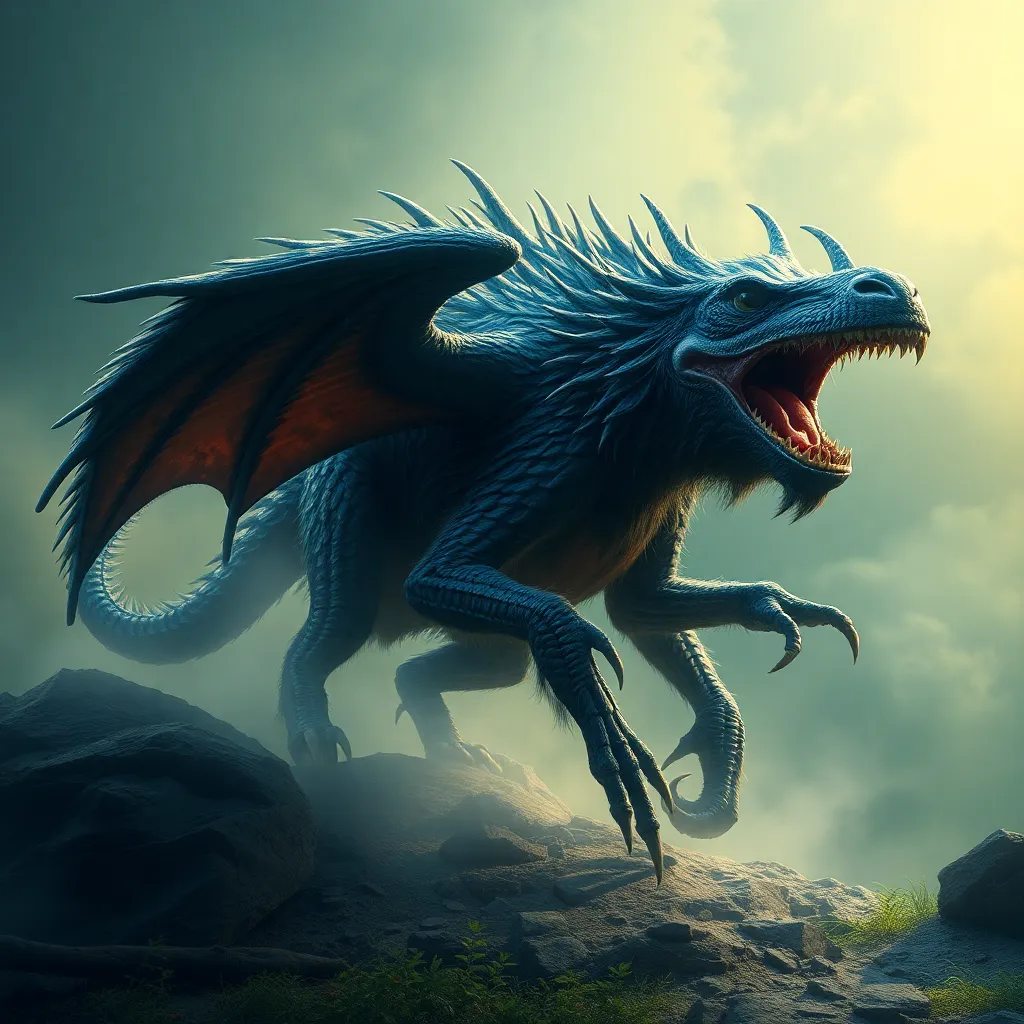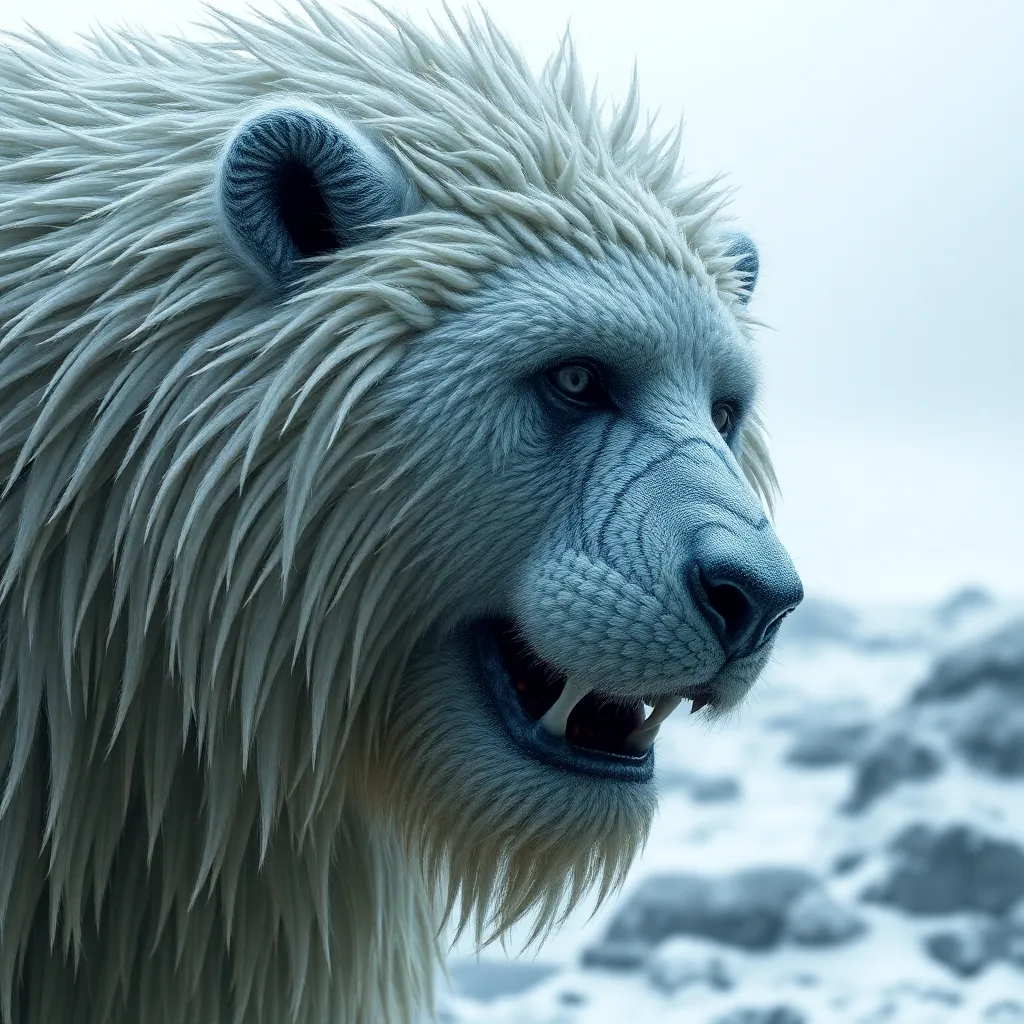The Unicorn’s Power: Exploring the Unicorn’s Magical Abilities
I. Introduction
The unicorn, a mythical creature often depicted as a horse with a single spiraled horn protruding from its forehead, has long been a symbol of magic, purity, and grace. Throughout history, this enchanting being has captured the imagination of countless cultures, representing ideals that transcend time and space. In this article, we will delve into the various magical abilities attributed to unicorns, exploring their historical significance, cultural impact, and the continued fascination they inspire in modern society.
II. Historical Origins of Unicorn Myths
The narrative of the unicorn dates back to ancient civilizations, with interpretations varying significantly across different cultures. The earliest references can be traced to the Indus Valley civilization and later to ancient Mesopotamia, where these creatures were often depicted in art and inscriptions.
A. Ancient civilizations and their interpretations of unicorns
- Indus Valley Civilization: Some of the earliest seals depict a one-horned creature resembling a unicorn.
- Mesopotamia: Unicorn-like creatures appear in myths and are associated with deities.
- Greek Literature: The Greek historian Ctesias described a creature resembling a unicorn in his writings about India.
B. The evolution of unicorn mythology through different cultures
As the concept of the unicorn traveled through cultures, it underwent various transformations. In medieval Europe, unicorns became symbols of Christ and purity, often depicted in religious art. In contrast, in Asian mythology, unicorns, or Qilin, symbolize prosperity and good fortune.
III. The Unicorn’s Healing Powers
One of the most renowned magical abilities of the unicorn is its legendary healing powers, primarily attributed to its horn, known as the alicorn. The belief in the unicorn’s horn as a cure-all has persisted through centuries.
A. The legend of the unicorn’s horn as a cure-all
Historically, it was believed that the unicorn’s horn could purify water and cure various ailments, including fevers and poisonings. This belief gave rise to the market for “unicorn horns,” which were often made from narwhal tusks or other materials.
B. Historical tales and accounts of healing attributed to unicorns
- Medieval Texts: Several medical texts from the Middle Ages reference the unicorn’s horn as a treatment for ailments.
- Royal Patronage: European royalty would pay exorbitant amounts for supposed unicorn horns, believing in their miraculous powers.
IV. The Symbol of Purity and Innocence
The unicorn is often portrayed as a symbol of purity and innocence, especially in folklore and religious texts. This symbolism has had a profound influence on the way unicorns are perceived in contemporary culture.
A. The unicorn as a representation of purity in folklore
In many stories, the unicorn is depicted as a gentle creature that can only be tamed by a virgin. This narrative reinforces its association with innocence and the divine.
B. How this symbolism influences modern interpretations and imagery
Today, unicorns are frequently used in marketing and branding to evoke feelings of purity, beauty, and magic. Their imagery is prevalent in products aimed at children and in various forms of art.
V. Unicorns in Popular Culture
The portrayal of unicorns has evolved significantly over the years, finding a prominent place in literature, films, and various forms of media.
A. The portrayal of unicorns in literature and film
- Literature: Unicorns feature prominently in fantasy novels, such as “The Last Unicorn” by Peter S. Beagle, where they symbolize lost magic and hope.
- Film: Movies like “The Last Unicorn” and “Harry Potter” have showcased unicorns as mystical creatures, further embedding them in popular culture.
B. The impact of unicorn mythology on contemporary fantasy genres
Unicorns have become a staple in fantasy genres, often representing themes of adventure, bravery, and the triumph of good over evil. Their presence enhances the magical landscape of these stories, captivating audiences of all ages.
VI. The Unicorn’s Connection to Nature
Beyond their magical abilities and symbolism, unicorns are often seen as guardians of the natural world, embodying the spirit of nature and its preservation.
A. Unicorns as guardians of the natural world
In various mythologies, unicorns are depicted as protectors of forests and wildlife, ensuring harmony within their environments. This connection to nature reinforces their image as benevolent creatures.
B. Ecological symbolism and the unicorn’s role in environmental narratives
In modern narratives, unicorns are increasingly associated with ecological themes, symbolizing the importance of conservation and the preservation of natural beauty.
VII. Modern Interpretations of Unicorn Magic
The allure of unicorns has experienced a resurgence in contemporary culture, with their motifs being reinterpreted in various forms of art, fashion, and lifestyle.
A. The resurgence of unicorn motifs in fashion and art
- Fashion: Unicorn-themed clothing and accessories have become trendy, appealing to both children and adults who seek whimsy and fantasy in their wardrobes.
- Art: Artists are increasingly depicting unicorns in vibrant and imaginative ways, reflecting modern aesthetics and sensibilities.
B. How contemporary society reinterprets unicorn powers for empowerment and inspiration
In today’s society, unicorns are often seen as symbols of empowerment, encouraging individuals to embrace their uniqueness and strive for their dreams. This reinterpretation fosters a sense of inspiration and positivity.
VIII. Conclusion
In summary, the magical abilities associated with unicorns—ranging from healing powers to their role as symbols of purity and guardians of nature—reflect a rich tapestry of historical and cultural significance. The enduring allure of unicorns continues to captivate our imaginations, reminding us of the magic that exists in the world around us. As we embrace their symbolism in modern life, unicorns remain a powerful reminder of hope, innocence, and the beauty of our dreams.



